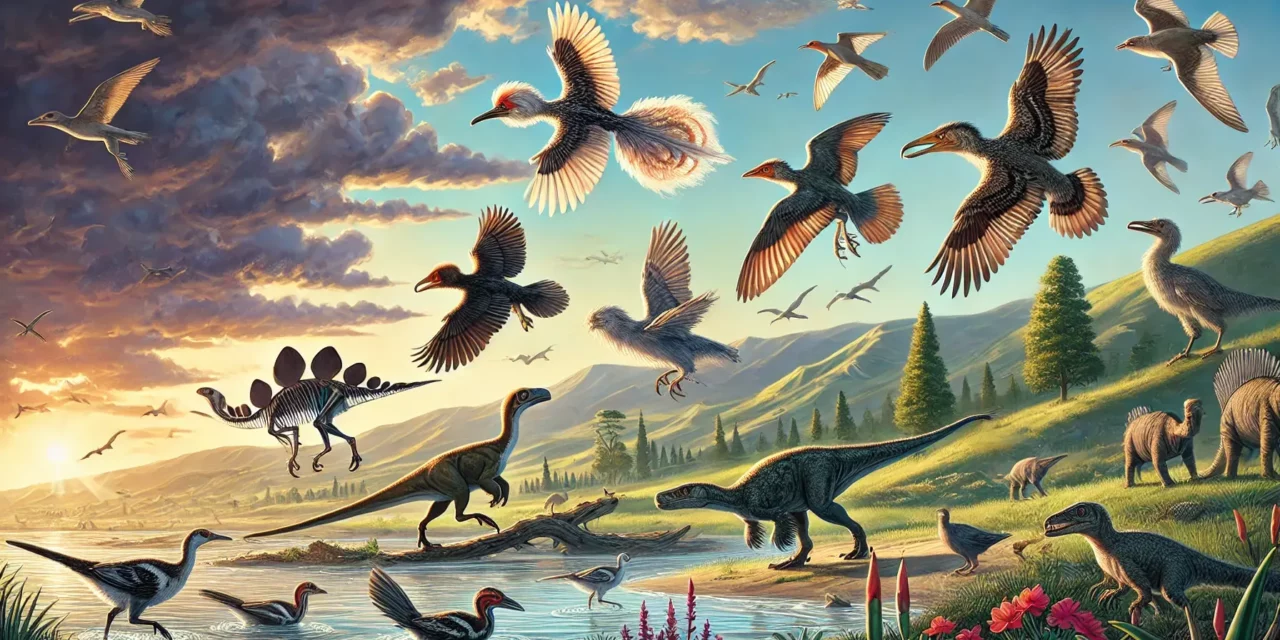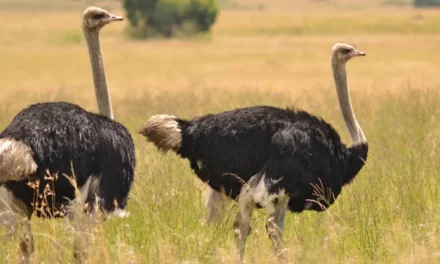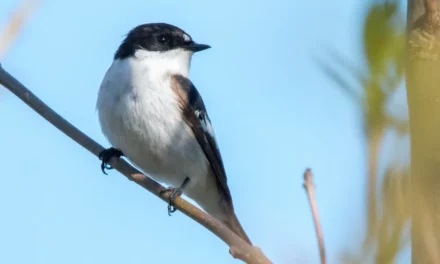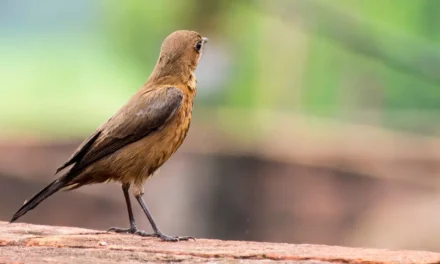Modern birds are descendants of dinosaurs. Discover how millions of years of evolution have shaped the species we know today.
A Gradual Transition: From Dinosaurs to Birds
The evolution of modern birds is a fascinating story that began millions of years ago, long before the birds we know today existed. Since the discovery of Archaeopteryx, new fossils have greatly enhanced our understanding of this transformation. It has become increasingly clear that many of the key characteristics of birds originally evolved in their dinosaur ancestors.
The transition from dinosaurs to birds was a gradual process that took place over millions of years. Significant discoveries of feathered dinosaurs in Liaoning Province, northeastern China, have revealed species with primitive bird characteristics and traits similar to those of modern birds. These fossils, known as the Jehol biota, show that the bird lineage had already diversified significantly by the early Cretaceous period.
Feathered Dinosaurs: The Revolutionary Discoveries in Liaoning
Among the fossils from Liaoning, there are species like Sinosauropteryx prima, a small bipedal dinosaur about 1 meter long, which lived around 125 million years ago. It was partially covered with structures resembling hair, which are interpreted as simple feathers.
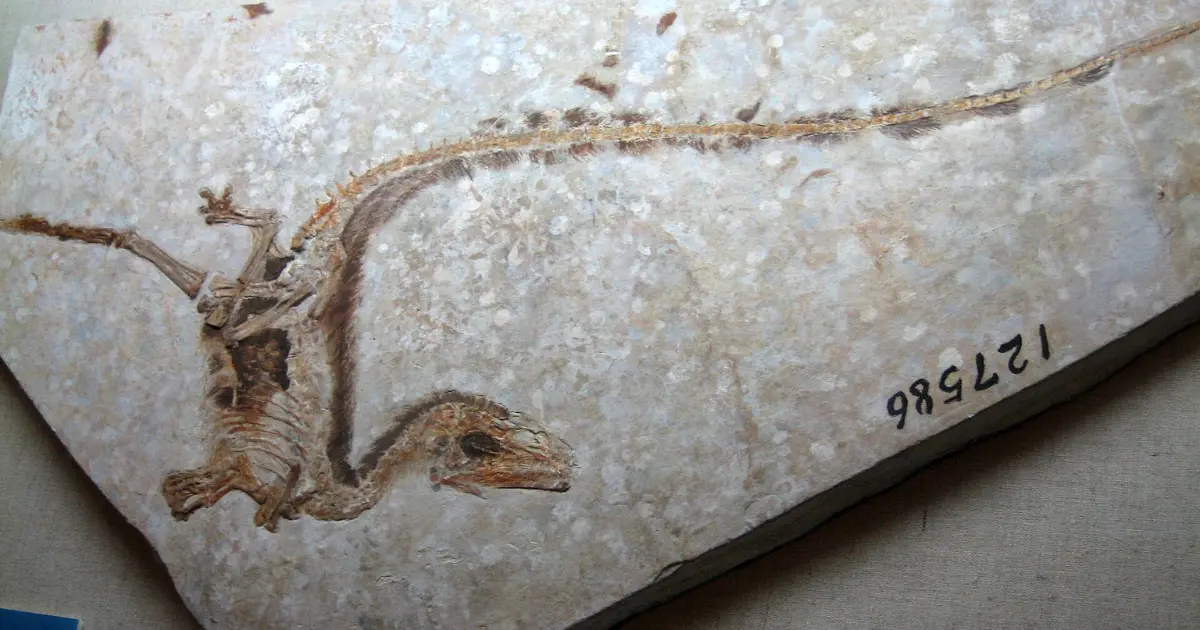
Another remarkable fossil is Microraptor gui, dating back 120 million years. It had feathers on its head and body, as well as long, asymmetrical feathers on its tail and all four limbs—yes, this dinosaur had four wings!
The feathers of the Microraptor were very similar to those of modern birds, which probably allowed it to glide and partly control its flight. However, it lacked the skeletal structures needed to attach large pectoral muscles, and it did not have the rigid tail found in modern birds, limiting its ability for sustained flight.
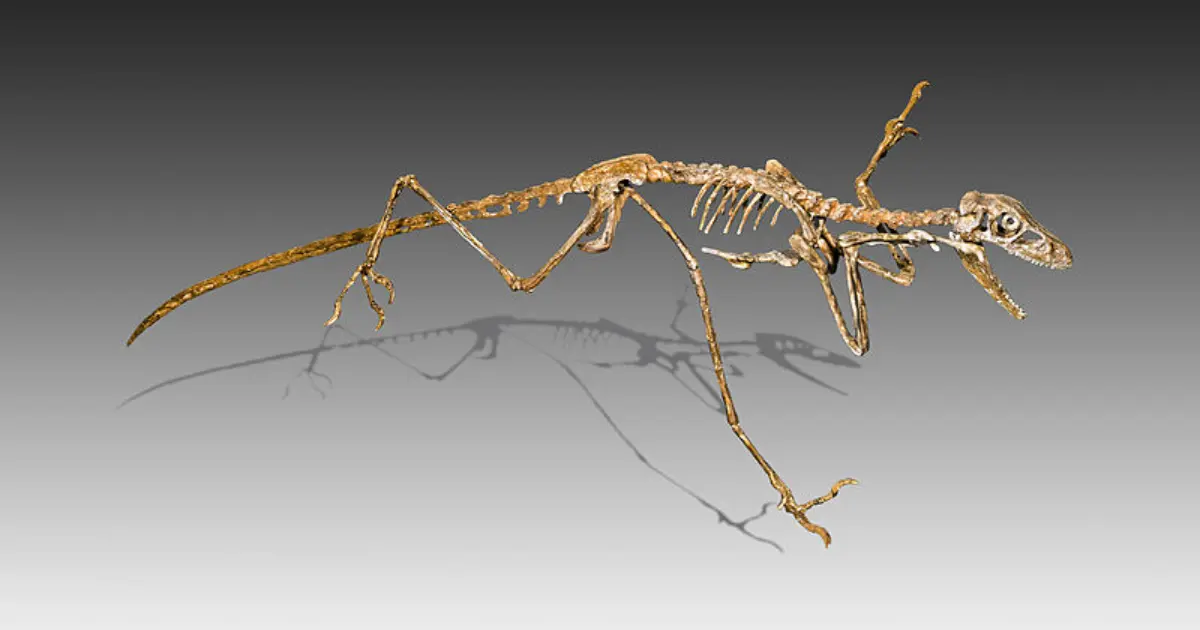
Formation of the Pygostyle and the Emergence of Early Modern Birds
In modern birds, the tail bones fuse during embryonic development to form the pygostyle, the bony structure also known as the "parson's nose" in a chicken. The pygostyle provides better control of tail feathers during flight, helping the bird maintain its trajectory. The earliest pygostyle-like structures appear in fossils from the early Cretaceous period, such as in Confuciusornis, a primitive bird that already had a toothless beak.
This Confuciusornis coexisted with other birds like the Icthyornithiformes and Hesperornithiformes, which had toothed beaks. By the end of the Cretaceous, however, no species with toothed beaks survived, hence the saying "as rare as hens' teeth." These birds, among others, disappeared during the mass extinction at the Cretaceous/Tertiary (K/T) boundary about 66 million years ago.
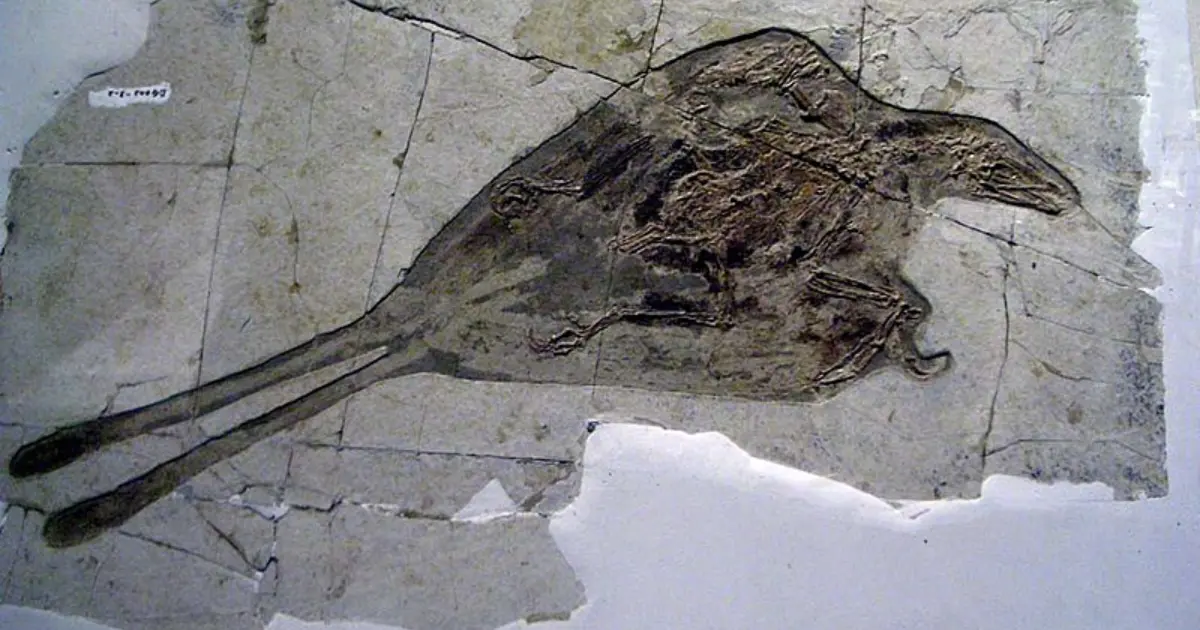
The K/T Extinction: A Turning Point in Bird Evolution
The K/T mass extinction, caused by an asteroid impact on Earth, wiped out about 75% of life on the planet, including many dinosaurs and avian ancestors of modern birds. Fossil evidence suggests that this catastrophe led to the extinction of most bird lineages that had evolved throughout the Cretaceous.
Despite a fragmentary fossil record at the K/T boundary, it is likely that modern birds began to diversify before this event. Some fossil evidence indicates that true modern birds evolved towards the end of the Cretaceous, and the survivors of the extinction were primarily shorebirds or waterbirds.
Rapid Evolution of Birds After the Extinction
The work of Erich Jarvis and his colleagues, using molecular techniques, has shown that modern birds indeed diverged from their ancestors at the end of the Cretaceous. They dated the divergence of the two major groups of modern birds: the Palaeognathae (like ostriches and tinamous) and the Neognathae (all other modern birds) to about 100 million years ago.
The Neognathae then evolved to form the Galloanseres (such as ducks) and the Neoaves around 90 million years ago. Following the K/T transition, there was a period of rapid evolutionary radiation, allowing birds to colonize various ecological niches left empty by the extinction of the dinosaurs, leading to the establishment of all modern sub-groups.
Additionally, phylogenetic analyses by Walter Jetz and his colleagues have revealed that in the last 50 million years, the rate of species diversification has increased significantly, particularly among the Passeriformes (songbirds) and the Anseriformes (waterfowl).
An Ongoing Evolutionary Story
Understanding the evolution of birds, from their beginnings as feathered dinosaurs to their current diversity, reminds us of the resilience and innovation of nature. Fossils and molecular techniques continue to shed light on this incredible story of survival and adaptation.
Learn more about the natural selection and evolution of birds in extreme environments.
-
